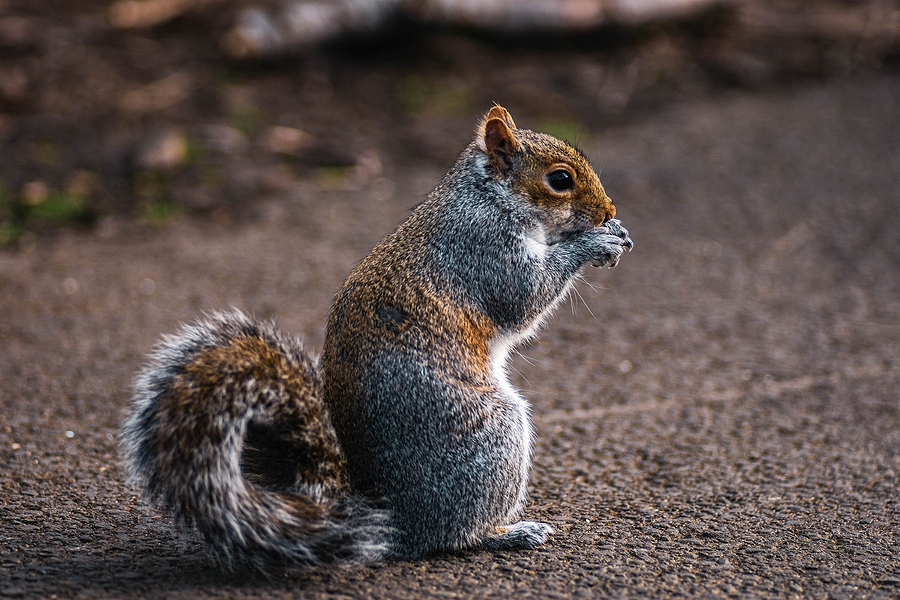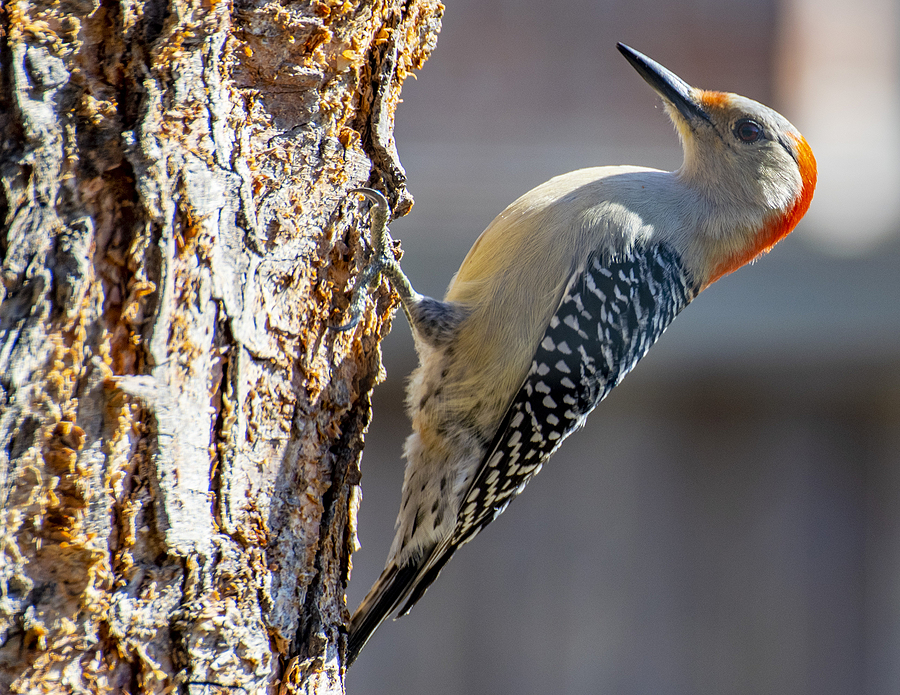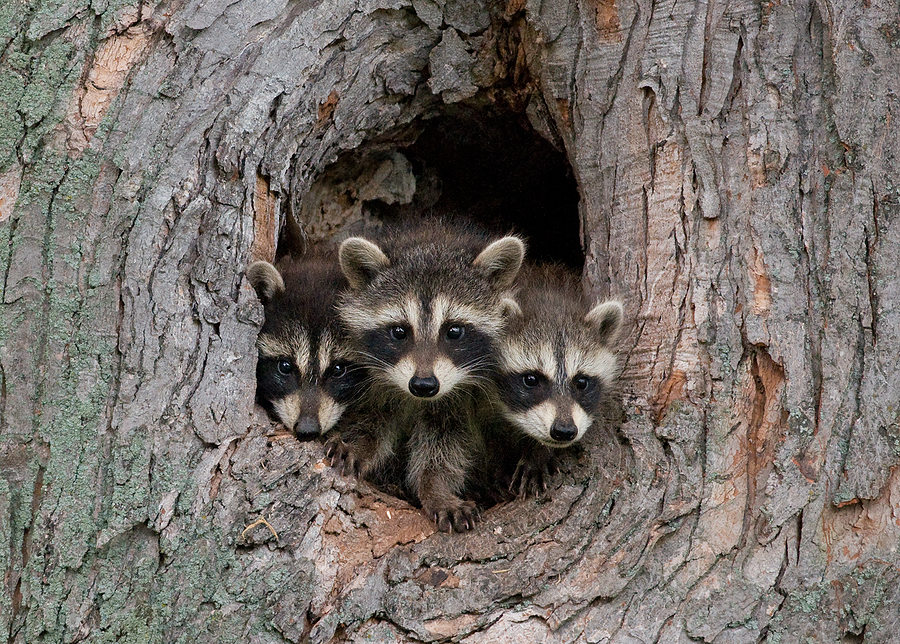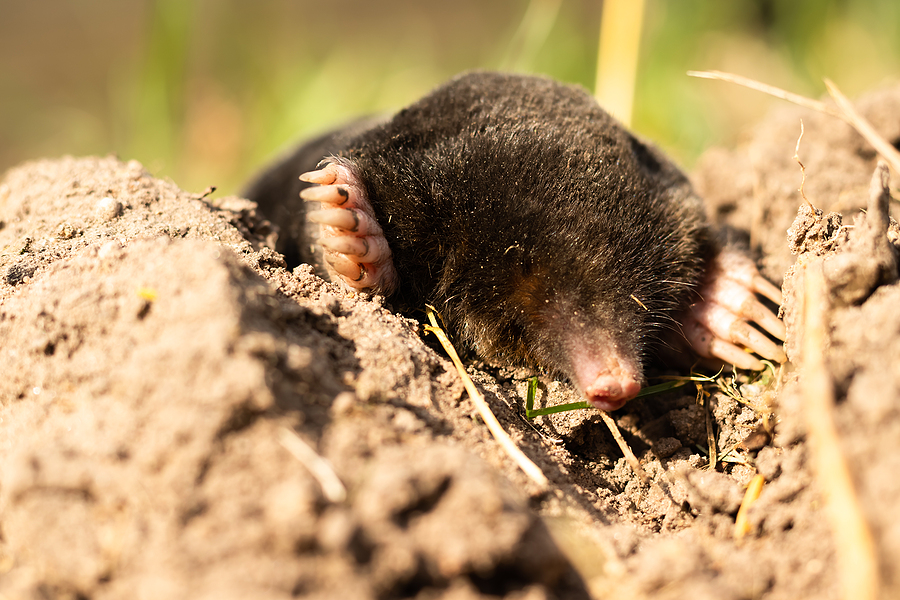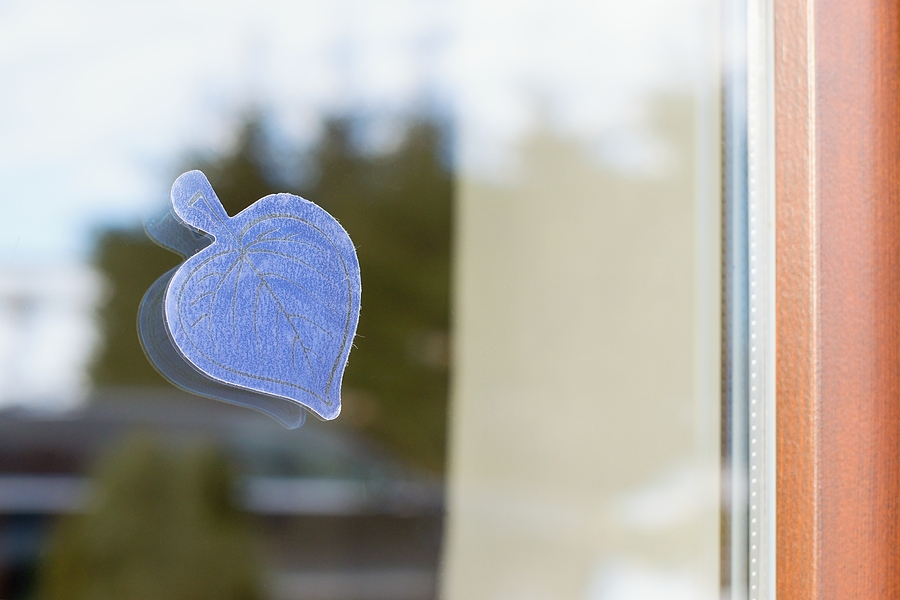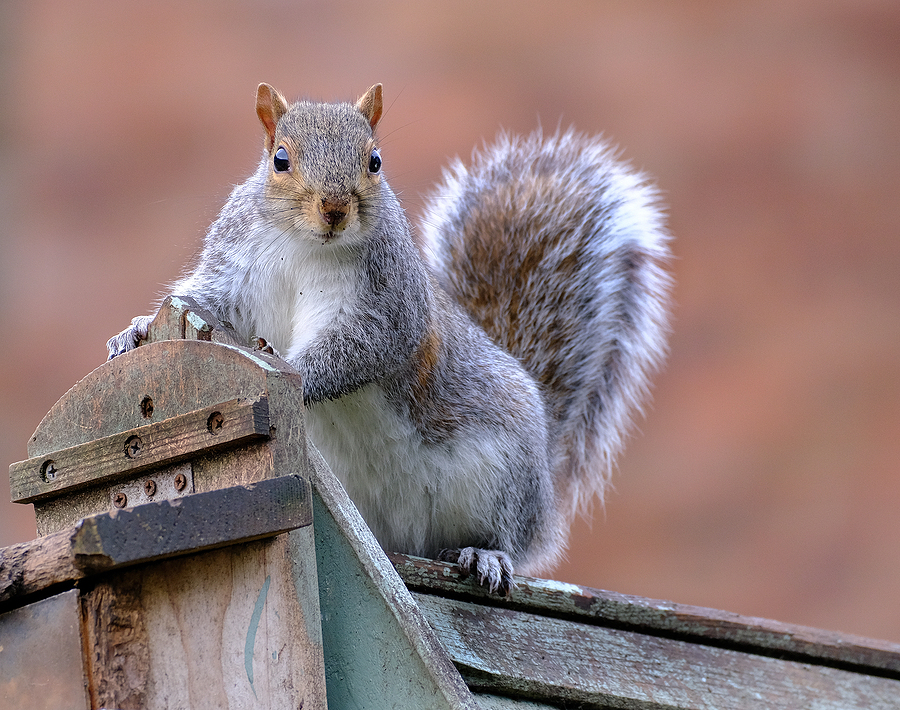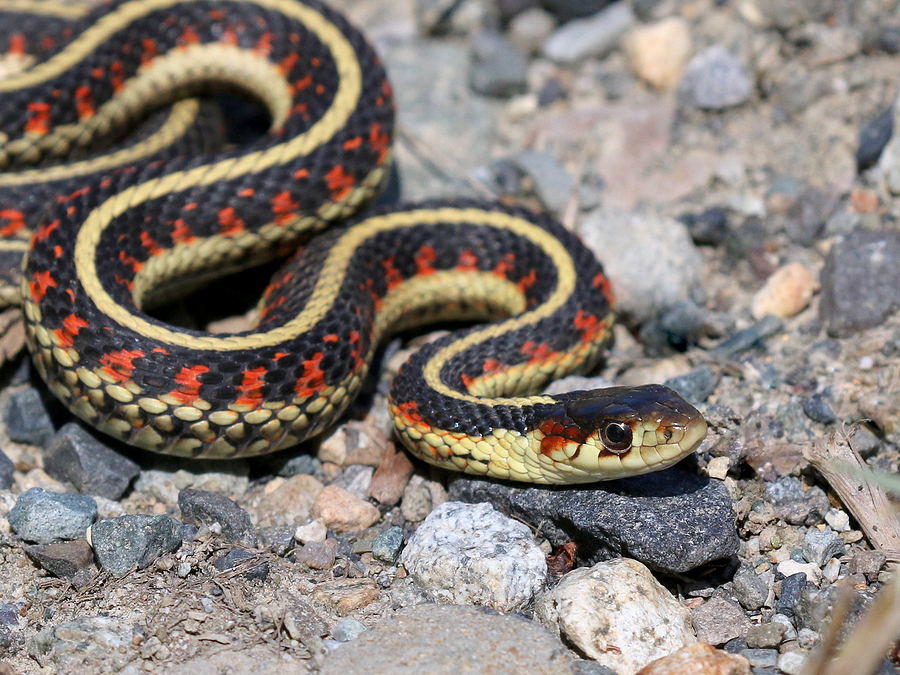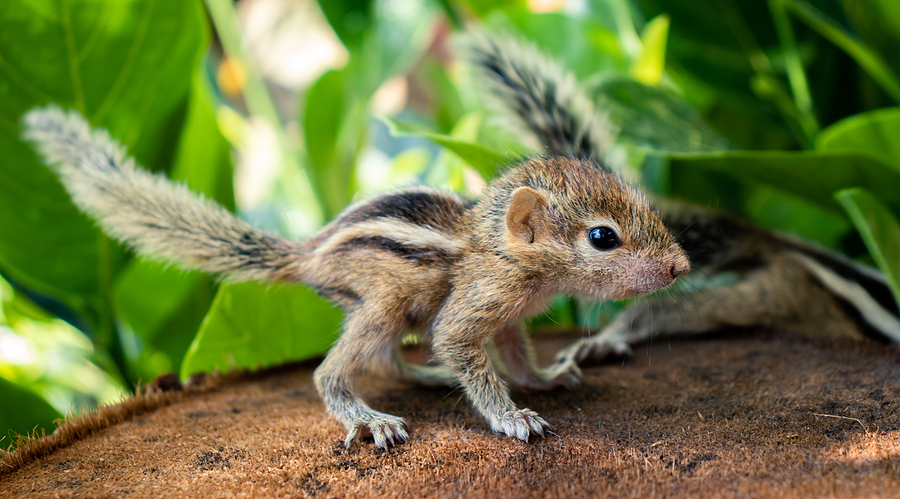Fall is a time when many animals are preparing for winter. Some animals, such as squirrels and deer, are known for being nuisances during this time of year. Continue reading to brush up on some important tips on how to deal with these Fall season nuisance animals.
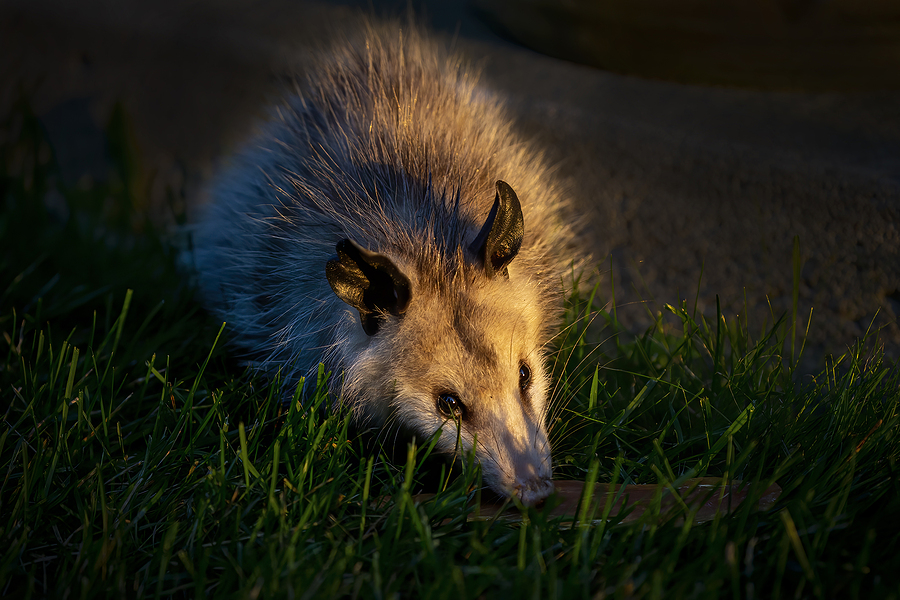
Common Nuisance Wildlife to Watch Out For This Season and the Next
Squirrels and Chipmunks
If you have squirrels or chipmunks in your yard, try to keep them away by removing any food sources that they may be attracted to. Optimal squirrel control includes keeping your garbage can lid securely fastened and not leaving bird seed or other food out in the open.
Deer
In many parts of the country, deer have become a nuisance. They wander into yards and gardens, eat plants, and damage property. If deer are a problem, you can try using deer repellent or fencing to keep them away from your property.
Raccoons
If raccoons are raiding your garbage cans, make sure to keep the lids securely fastened. You may also want to consider investing in a raccoon-proof garbage can. Furthermore, raccoon diseases can be deadly, so it is important to be aware of them if you live in an area where they reside.
Opossums
If you have a problem with opossums, make sure to remove any potential food sources from your property. Opossums are attracted to garbage, so keeping your garbage can lid securely fastened is important.
All Other Nuisance Animals
If you have any other nuisance animals on your property, contact a professional wildlife control company for assistance.
How to Protect Your Home Against Wildlife Damages and Threats
As the weather gets cooler and the days get shorter, you may start to notice some of these unwelcome guests around your home. Raccoons, opossums, skunks, squirrels, and several other types of nuisance animals are looking for a warm place to nest and can cause damage to your property. Here are some tips to keep them away:
▷ Inspect your home for cracks or holes that could be used as an entrance. Seal up any openings with caulk or other materials.
▷ Keep your yard clean and free of debris. This will make it less attractive to animals looking for a place to build a nest.
▷ If you have bird feeders, keep them clean and free of moldy seed. This can attract rodents looking for a food source.
▷ Keep your trash cans sealed tight and don’t leave any food out where animals can get to it.
▷ If you have a fireplace, make sure the flue is closed when not in use. This will prevent animals from entering your home through the chimney.
Following these tips will help you keep nuisance animals away from your home this fall and winter. If you have any questions or concerns, please contact a licensed and insured Indianapolis wildlife control company for assistance.
All of these tips are possible with the help of our licensed and insured Indiana wildlife control operators. Contact Budget Animal Removal at 317-875-3099 for DNR licensed and insured wildlife removal and control in Indianapolis and its surrounding counties. Request a free estimate or advice, today!
Related Posts:
Opossums Facts That Will Stop You in Your Tracks
Is it Raccoon Breeding Season?
Native Indiana Squirrel Species You Might See in Your Backyard

